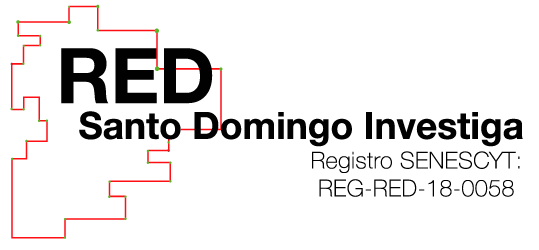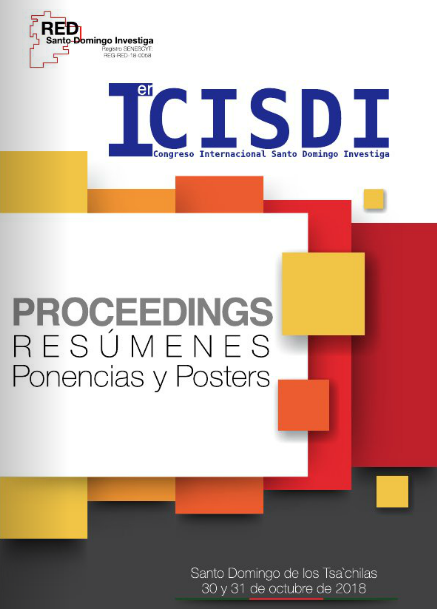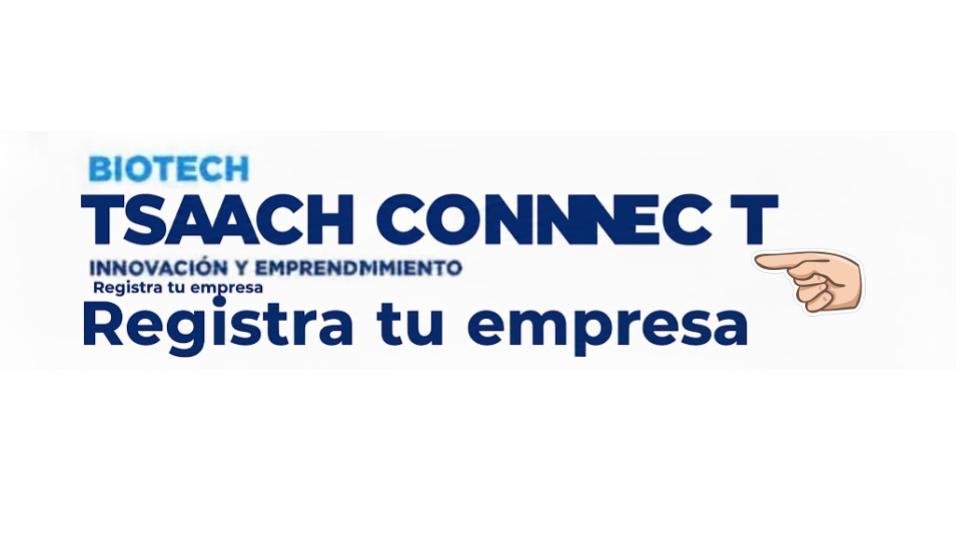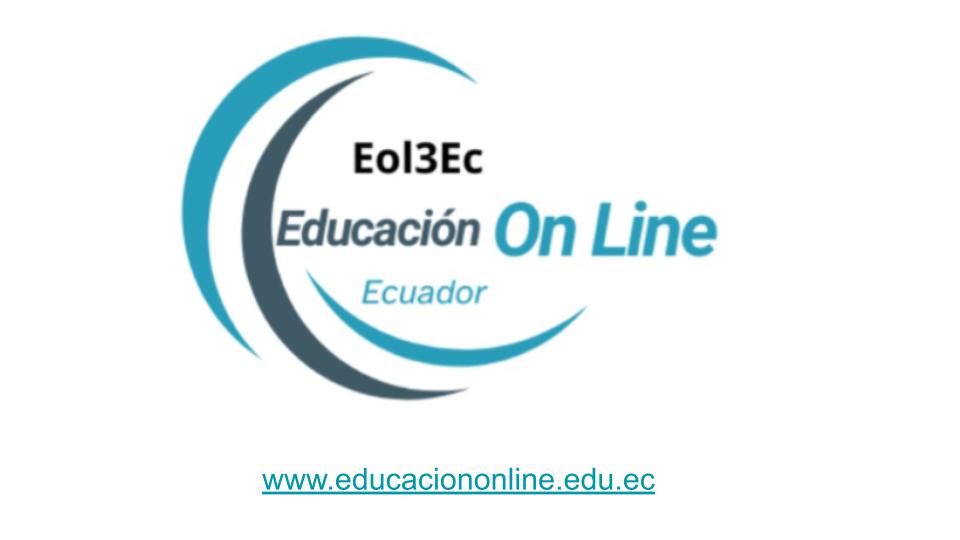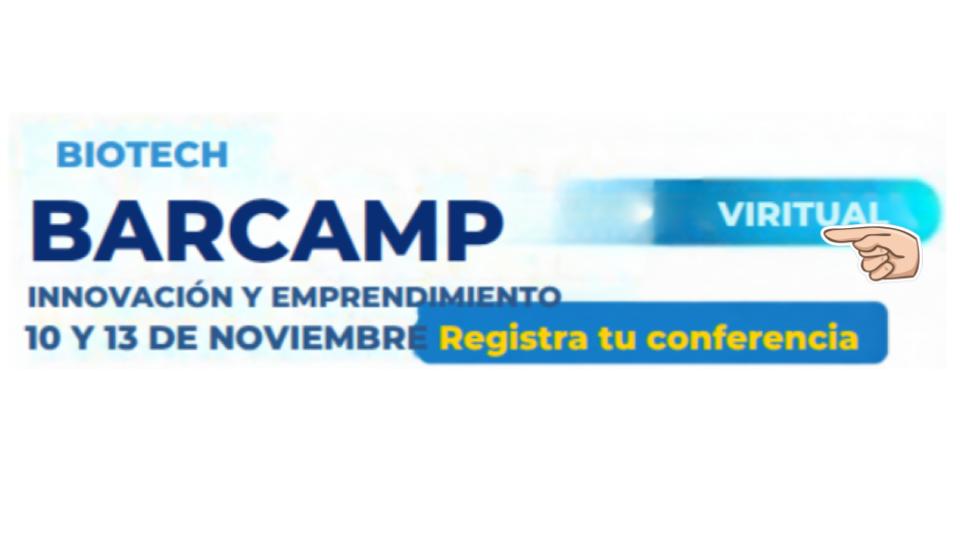USO DE ESTRATÉGIAS Y HERRAMIENTAS TECNOLÓGICAS POR PARTE DE LOS DOCENTES EN LOS INSTITUTOS TÉCNICOS Y TECNOLÓGICOS DE LA PROVINCIA DE TUNGURAHUA
Verónica Toaza
Esta dirección de correo electrónico está protegida contra spambots. Necesita activar JavaScript para visualizarla.
0996641854
Autor
Silvia Naranjo
Esta dirección de correo electrónico está protegida contra spambots. Necesita activar JavaScript para visualizarla.
Coautor
Mirian Carranza
Esta dirección de correo electrónico está protegida contra spambots. Necesita activar JavaScript para visualizarla.
Coautor
Edgar Merino
Esta dirección de correo electrónico está protegida contra spambots. Necesita activar JavaScript para visualizarla.
Coautor
Resumen
Las herramientas tecnológicas del docente en la enseñanza de educación superior han evolucionado hacia el B-Learning o aprendizaje mixto, basado en el desarrollo de la pericia e interactividad a través de la formación presencial y virtual, donde el educando constituye un elemento central de creación, capaz de avanzar hacia nuevos desafíos tecnológicos que le permitan obtener conocimientos actualizados. Para el estudio se analizarón a 21 Institutos Superiores que conforman la provincia de Tungurahua, de un total de 282 Centros de Educación Tecnológico Superior del Ecuador, donde los resultados arrojaron que los profesores sí utilizan medios tecnológicos para impartir sus clases, a través de las herramientas ofimáticas con un 27% de uso, y la comunicación entre alumnos y docentes se da vía correo electrónico con un 37%, de los cuales el 26% de uso es para recibir tareas, y el 23% para despejar incertidumbres, como estrategia de optimización y organización de tiempos y creatividad en su presentación.
Palabras Clave: herramientas tecnológicas, Institutos, Educación Superior, Tungurahua
Sumary
The teacher’s technological tools at the third level education have evolved to the B-Learning or mixed learning, based on the expertise and interactivity through the virtual and live education, where the educator represents a central element of the creation being able to move in to new technological challenges that allow to get updated knowledge. For the study there were 21 third level institutions that are part from a total of 282 centers of technological education of Ecuador, in which the results showed that teachers use technological media to give their classes through the office in a 27% of use and the communication among students and teachers is via mail with a 37%, from which a 26% of use to receive homework and the 23% to clarify doubts, as an optimization and organization time strategy and creativity in their presentation.
Key Words: : technological tools, Institutes, Education, Tungurahua
